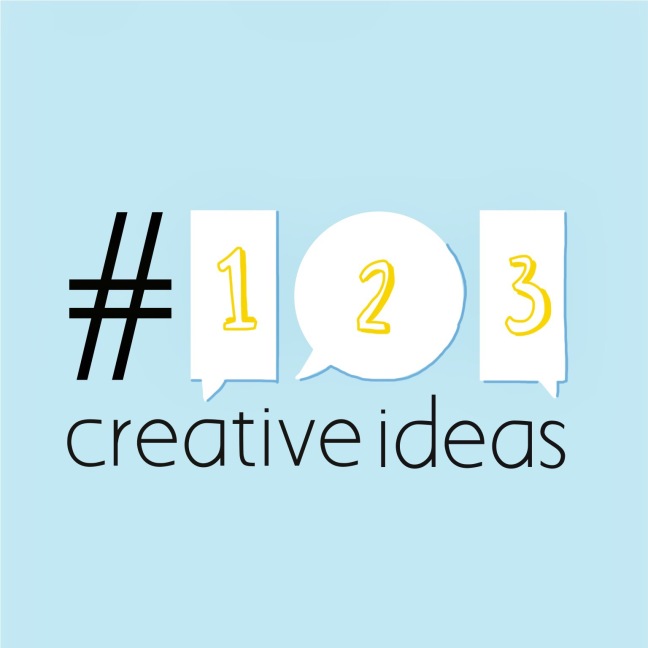Contributor: Sandra Sinfield @Danceswithcloud
Idea: When starting dialogue/discussion between students/participants, set up a structure for engagement – and the building of trust, using TMD. With TMD you give people about three contentious statements about the topic – and ask them to talk about those statements in as free and uncensored way as possible, for a set amount of time (7-20 mins). At the end of that time – you can draw thoughts back from the whole group in a plenary. Why it works: by prompting the discussion you might be shaking people out of performative answers or silence. (We often get people to draw a representation of their partner after the discussion based on the conversation – and to use that to introduce their partner to the class.)
Practitioner comments: “The use of prompts helps to get people started in a meaningful conversation whilst otherwise they might be silent – or might just bang on about their own position – without straying from a comfort zone or really engaging their thought processes. NB: also models a qualitative research method alternative to a questionnaire.”
Credits: “I first encountered this idea listening to a programme on Community Development on Radio4. I cannot remember who did this – but it seemed a great strategy for teaching situations also. Have since seen articles by Palus & Drath on ‘putting something in between’…”


